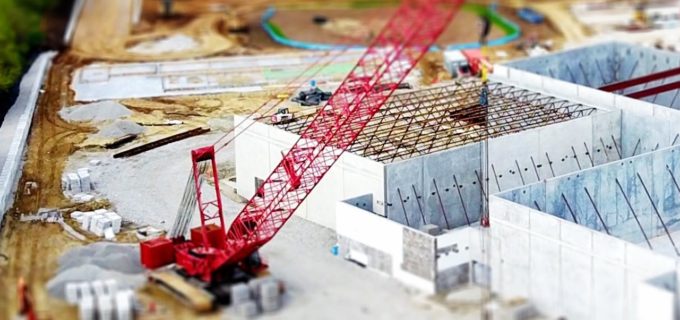
If you’ve ever been through a long or expensive website build, you may want to wipe your hands of the entire process and forget about it, but most websites should get a refresh every 3 to 5 years. However, a site refresh can go more quickly than building from scratch and if you take website redesign SEO into account, you may see a ranking, traffic or conversion lift as well. Here are some best practices.
Fix While You Build
If you suspect your site has inefficiencies, start there. It’s easier to design around a well-functioning site than to build good SEO into a well-designed site in some cases. For example, there are still plenty of Flash-based platforms out there that look great but are very difficult to work with from an SEO perspective.
Start by documenting and verifying the site’s shortcomings…then ease into the build process.
Run a Test
Maybe you suspect your site isn’t built to convert users into customers or you have a feeling that users are getting lost on the site. You can start by running an A/B test to see if your hypothesis is correct. Heading into a rebuild armed with data is better than heading into one with guesswork.
Don’t Fix What Isn’t Broken
If parts of your site function just fine, consider updating them to the new design rather than starting from scratch. Another method for quantifying the value of pages or entire websites is user testing. Both cheap and effective, user testing allows you to see if users can navigate your site the way you want them to or if they end up lost and confused.
Bring on an SEO
Yes, we’re biased, but there are dozens of small items that can help a website redesign succeed or fail. Having someone on board to give guidance during the build and double check the site for launch can save a headache later. Think of it as a short term investment with a long term benefit.
Have questions about a future redesign or one in progress? Get in touch. We’re ready to help no matter where you are in the process.

